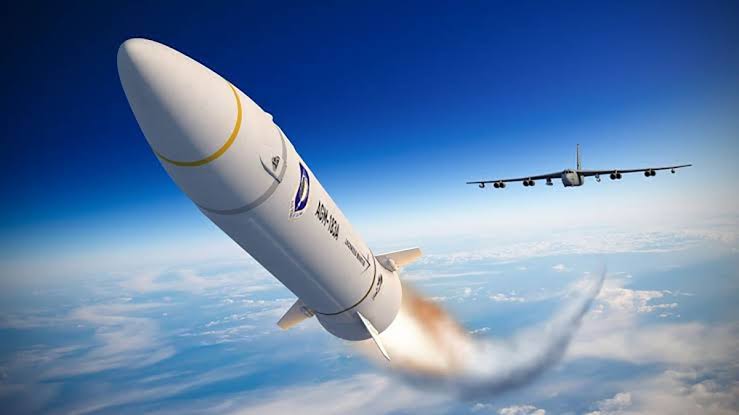Since the June 12 Israeli airstrike on Tehran, Iran has launched a wave of missile attacks that have successfully penetrated Israel’s renowned air defense systems, including the Iron Dome. These attacks, reportedly involving advanced hypersonic weapons, have caused significant destruction across parts of the country.

Iran’s Islamic Revolutionary Guard Corps (IRGC) claimed on Wednesday that it fired “Fattah 1” hypersonic missiles at Israel—missiles designed to breach even the most sophisticated missile shields such as the Arrow system, David’s Sling, and the Iron Dome. This development has raised concerns about a new phase in Middle Eastern warfare, dominated by faster and less predictable weapons.
What Are Hypersonic Missiles?
Hypersonic missiles travel at speeds of Mach 5 (five times the speed of sound) or more, making them extremely difficult to track or intercept. Unlike traditional ballistic missiles that follow a predictable arc, hypersonic missiles can maneuver mid-flight, complicating efforts by defense systems to target them.

There are two main types:
- Hypersonic Glide Vehicles (HGVs): Launched atop a ballistic missile, they separate at high altitude and glide unpredictably toward their targets.
- Hypersonic Cruise Missiles: These use ramjet engines to maintain high speed and maneuverability while flying at lower altitudes, making them harder to detect.
Iran’s Fattah 1: A Game-Changer?
Unveiled in 2023, Iran’s Fattah 1 is a two-stage, solid-fueled ballistic missile featuring a movable nozzle that enhances its maneuverability. It reportedly has a range of up to 1,400 kilometers and is capable of operating both within and beyond Earth’s atmosphere. According to Iranian officials, this missile can change direction mid-flight, making interception highly challenging.

The IRGC described the deployment of the Fattah as a “turning point,” claiming it had bypassed Israeli defenses and caused fires and damage in central Israel. “The powerful and highly maneuverable Fattah missiles repeatedly shook the shelters of the cowardly Zionists tonight,” the IRGC stated.
Global Status of Hypersonic Weapons
Currently, only the U.S. and China are confirmed to possess operational, next-generation hypersonic missiles. Other nations like Russia, North Korea, and now Iran claim to be developing or testing comparable systems. However, many experts question the true capabilities of these emerging technologies.
A 2022 report from the Stockholm International Peace Research Institute warned that the term “hypersonic” is often used loosely, creating unnecessary hype and an arms race.
Skepticism Over Iran’s Claims
Despite Iran’s assertions, defense analysts and Israeli experts doubt the country’s capacity to produce fully functional hypersonic missiles. Jack Watling of the Royal United Services Institute noted, “The Iranians don’t have the capacity to manufacture them… This is a hugely complicated task.”
Yehoshua Kalisky, a senior researcher at the Israeli INSS think tank, pointed out that most Iranian missiles classified as hypersonic due to their speed lack true maneuverability. “Israel has intercepted over 95% of incoming missiles,” he said, stressing that maneuverability—not just speed—is key to breaching defenses.
Kalisky acknowledged that Iran does possess more advanced missiles, such as the Khorramshahr and the Fattah 2, which could pose greater interception challenges, though these have yet to be deployed.
Conclusion
While debate continues over whether Iran’s Fattah missiles are truly hypersonic or capable of evading Israel’s defense systems, one thing is clear: the emergence of such weapons marks a significant shift in the military landscape of the Middle East. As tensions rise, the potential for these advanced missiles to reshape the nature of warfare cannot be ignored.





